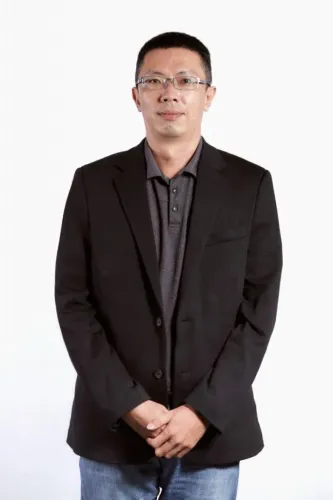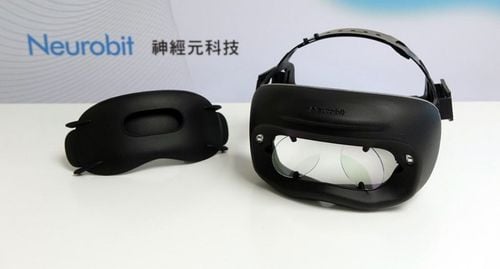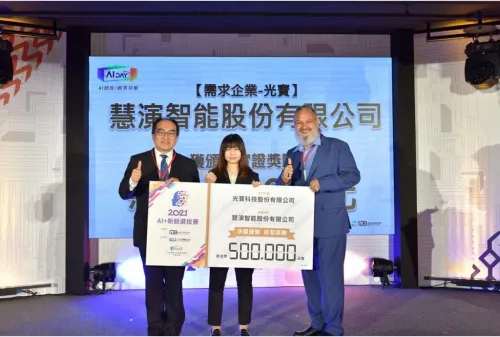【2020 Solutions】 How does Synnex make energy saving more efficient? The secret lies in the Smart Factory Cloud AI Manager
Synnex Technology, established just two years ago, self-positions as a Smart Factory Cloud AI Manager, focusing on the management of 'water, gas, oil, and electricity' to assist factories in becoming more energy-efficient and effective.
Founded at the end of 2017 from a division of the Institute for Information Industry, Synnex received substantial investments from major entities like Lite-On Technology, Yeong Yang Technology, Polaris Ventures, and the National Development Fund during its first funding round, showcasing strong market confidence in its future development.
Given that all factories and buildings utilize energy, there is a significant demand for energy conservation, revealing endless business opportunities. Energy includes four major manageable components: 'water, gas, oil, and electricity'. Synnex begins with these components, focusing on their respective equipment such as air compressors for 'gas' and distribution panels, transformers, and generators for 'electricity', before advancing to process equipment like motor operation.

▲ 'Water, gas, oil, and electricity' four types of energy management.
At the present stage, Synnex offers two major solutions (products), one targeted at factories and the other at science parks or industrial parks. Thus, by the end of 2018, Synnex positioned itself as a '24-hour Factory and Park Cloud AI Manager', emphasizing its expertise in energy and equipment domains.
AI Manager targets the rigid needs of factory buildings
In major domestic factory areas, variable frequency motors are commonly used as facility equipment. Usually, for stability, regular maintenance is required to avoid production line disruptions due to a single piece of facility equipment, clearly a 'rigid demand'. Yet, current solution prices from equipment providers are high, while the effectiveness is poor, failing to truly meet the maintenance needs of the manufacturing industry.
For example, in lens grinding which uses motors, if a motor functions abnormally causing high vibrations, continued operation would shift the focus of the lenses, likely resulting in defective products. Through Synnex's motor diagnostic technology, effects caused by external equipment can be detected and yield rates improved, allowing production lines or facilities to operate more smoothly.
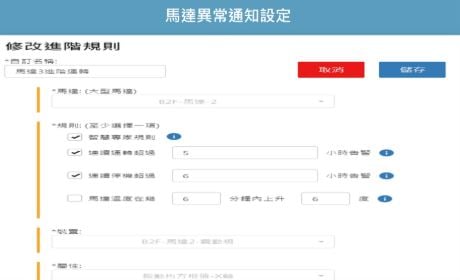
▲ Setting for abnormal condition warnings is possible
In traditional factory settings, when motors malfunction causing the production line to report insufficient compressed air pressure, equipment replacement is initially prioritized, awaiting factory confirmation on the issue later. However, often the problem is minor yet incurs substantial replacement costs. With the introduction of AI models, real-time monitoring of critical parameters such as temperature and current is possible. Through parameter analysis, diagnostics are categorized into health assessment and operational analysis. Maintenance can address health issues, but if operations are not smooth, replacement becomes necessary. Once issues are clarified, appropriate decisions can be made accordingly.
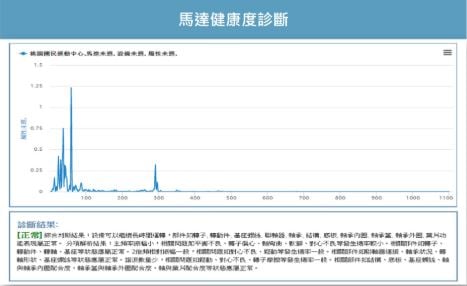
▲ Immediate or scheduled automatic diagnostics can determine motor health and potential issues
Hence, Synnex's core technology overcomes numerous barriers from communication modules, networking devices, cloud platforms to application services, and with an integrated software-hardware capability, allows traditional equipment to be commercialized as networked products within ten days. This immediate integration into In-Factory and In-Park cloud AI application services assists businesses in keeping up with the IoT era, achieving an integration of software and hardware, and developing more industry-appropriate application services.
「Translated content is generated by ChatGPT and is for reference only. Translation date:2024-05-19」
